Articles
Risk Management

Securing the Core Through Third-Party Risk Management
In today’s intricate global business landscape, robust third-party risk management (TPRM) and supply chain oversight frameworks are indispensable for maintaining operational integrity, adequate security, and regulatory compliance.
Read More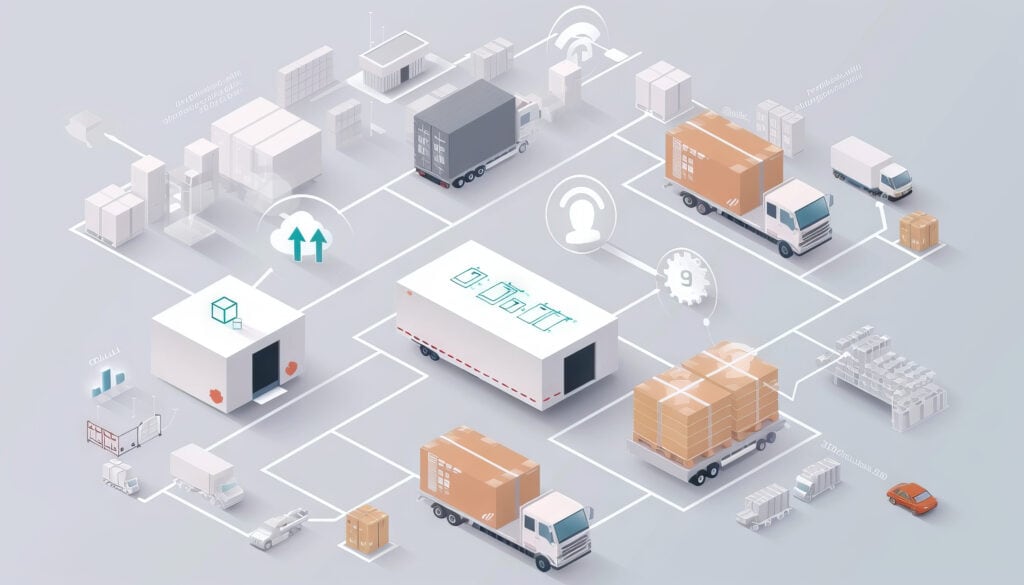
How Does Integrated Business Planning (IBP) Drive Supply Chain Efficiency?
6 ways that Integrated Business Planning (IBP) improves supply chain efficiency.
Read More
Team Up to Deter Supplier Fraud
Despite their best technology and efforts, finance leaders continue to battle the ever-evolving tactics of fraudsters. A key reason is that finance’s fraud management strategies are seldom considered in the context of supplier information. Their peers in procurement, meanwhile, manage supplier information daily but the processes they use aren’t designed to prevent fraud.
Read More
To Catch a Thief: 5 Ways to Boost Cargo Security
With cargo thefts surging, bolstered by sophisticated new tech-based methods, it has never been more important for shippers and their partners to emphasize security best practices.
Read More
Gaining Visibility to Supply Chain Blind Spots
Keeping supply chain risks in your line of sight can protect your profits, people, and productivity.
Read More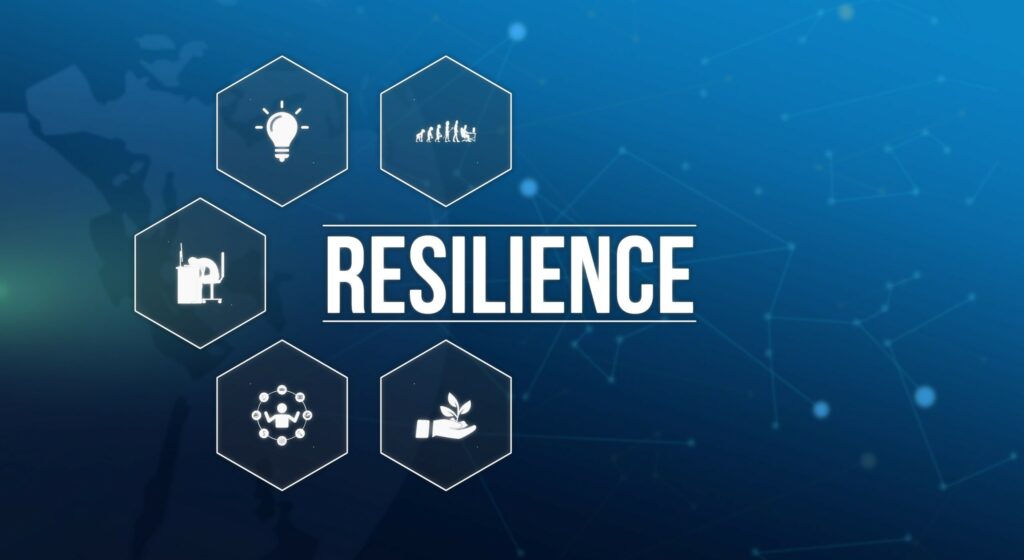
Automakers Shift to Smart Supply Chains
Although the pandemic may be over, auto suppliers and original equipment manufacturers (OEMs) are still grappling with supply chain issues such as concern over net-zero promises, the growing EV market, geopolitical conflicts, evolving trade agreements, natural disasters, and high interest rates deterring shoppers.
Read More
What You Don’t Know About Your Suppliers Can Hurt You
Most companies run credit checks to make sure their suppliers are stable. But how can executives keep up with the news and other crucial reports to see if those suppliers will keep their commitments?
Read More
Auto Industry Shifts Logistics Strategies
While companies across industries and sizes are making changes to mitigate supply chain risk, the automotive industry seems to be leading the way on some of the top trends.
Read More
If You Don’t Quantify Risk, COVID Didn’t Teach You Anything
No one would argue after the events of the past three years that supply chains aren’t broken. Wild discrepancies between supply and demand resulted in a crazy roller coaster effect that vacillated between too much inventory and empty shelves. Billions of dollars of goods sat for weeks or more on transatlantic barges while consumers cashed their stimulus checks, ready to spend.
Read More
Preparing Now For What the Future May Bring
In 2022, it became clear that effective supply chain risk management (SCRM) is not a luxury but a necessity. The year saw numerous disruptions to global supply chains, including Russia’s invasion of Ukraine, the Log4Shell vulnerability, and concerns over rail strikes.
Read More
Managing Supplier Risk: It’s All About the Information
What was once “nice to have” information has been defined by law. As social and environmental concerns grow, governments and related third parties are demanding, with regulatory backing, that businesses manage ethical supply chains. What can large organizations with complex supply chains do to help mitigate supplier risk?
Read More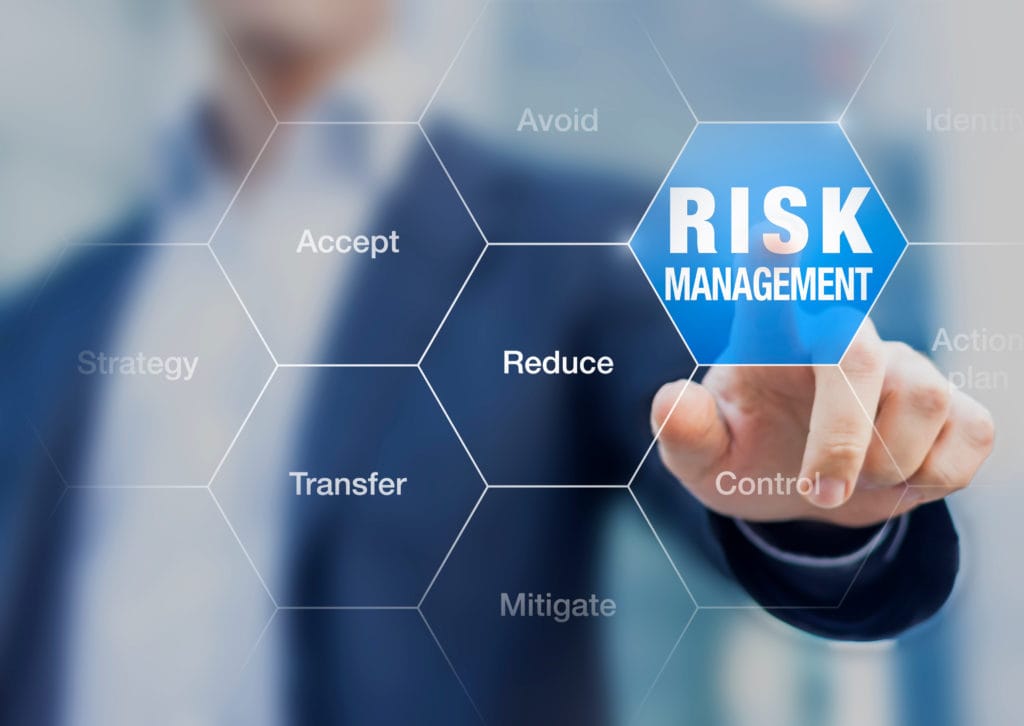
How SMBs Can Re-evaluate Risk
Supply chain disruption has been a major issue since the onset of the pandemic, affecting consumers’ ability to get everything from toilet paper and pharmacy items to cars and houses. At the same time, porch-pirated theft is on the rise, with around 210 million packages disappearing from porches across the United States in 2021, according to a Safewise study.
Read More
5 Ways to Prepare for Supply Chain Disruptions
If we’ve learned anything during the past two years, it has been about market disruptions—even to the point of the disruptions being disrupted. While accurate crystal balls are tough to come by, let’s explore five trends and how they may provide clues to solve for continued supply chain disruptions.
Read More
Top 5 Supply Chain Disruptions
New data from Resilinc highlights the top drivers of supply chain disruptions for the first half of 2022. From January through June, Resilinc’s EventWatchAI platform alerted its customers to an astounding 7,929 potential supply chain disruptions (a 46% YoY increase) with the life sciences, healthcare, high-tech, and automotive industries being most impacted. The top five […]
Read More
Leveraging Freight Brokerage to Solve Supply Chain Disruption
As shippers deal with capacity issues, rate volatility, and service disruptions, a freight broker can help mitigate challenges so shippers can focus on their core strengths. Aligning your organization with a reputable freight broker with robust solutions and real-time visibility can solve many transportation disruptions. There are many types of brokers in the market—the key […]
Read More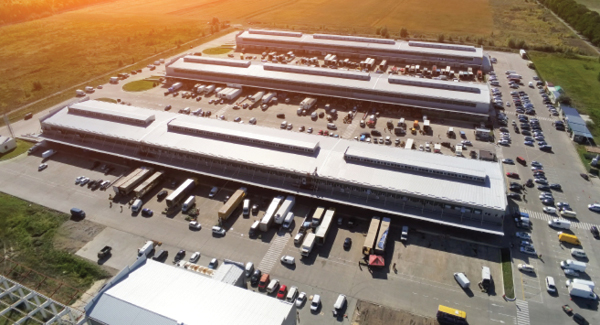
Say Yes to the YMS
Companies sometimes overlook how important the yard is to their success. Without proper management, facilitated by a yard management system (YMS), pile ups can lead to delays, fees, and a full shipment of stress.
Read MoreVertical Focus: Electronics
The electronics industry has seen price hikes, supply chain shortages, an increase in global demand, and much more. Here’s the latest Vertical Focus on what’s happening in the electronics industry.
Read More
Out of Stock? Hoarding is Not a Solution
Investing time and money in making products available is more important today than ever before, thanks to the ripple effects of COVID-19. Capacity constraints and delivery agents have been upended, and product availability is at risk. Rising digital trends and changing consumer behavior and spending habits have also led to an urgency to respond to market conditions quickly.
Read More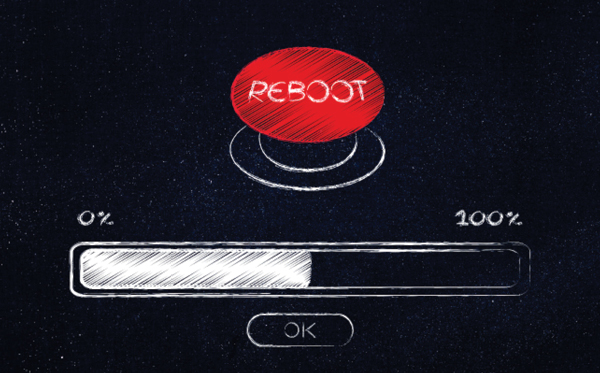
7 Strategies to Reboot Global Supply Chains
These tips will help your company restart operating systems, processes, and strategies through the new normal.
Read More
Evaluate Risk Before Critical Decisions
Disruption across global supply chains has always been present, but the ongoing pandemic has magnified the risks supply chain leaders face, while simultaneously limiting response options in an already high-pressure environment.
Read More